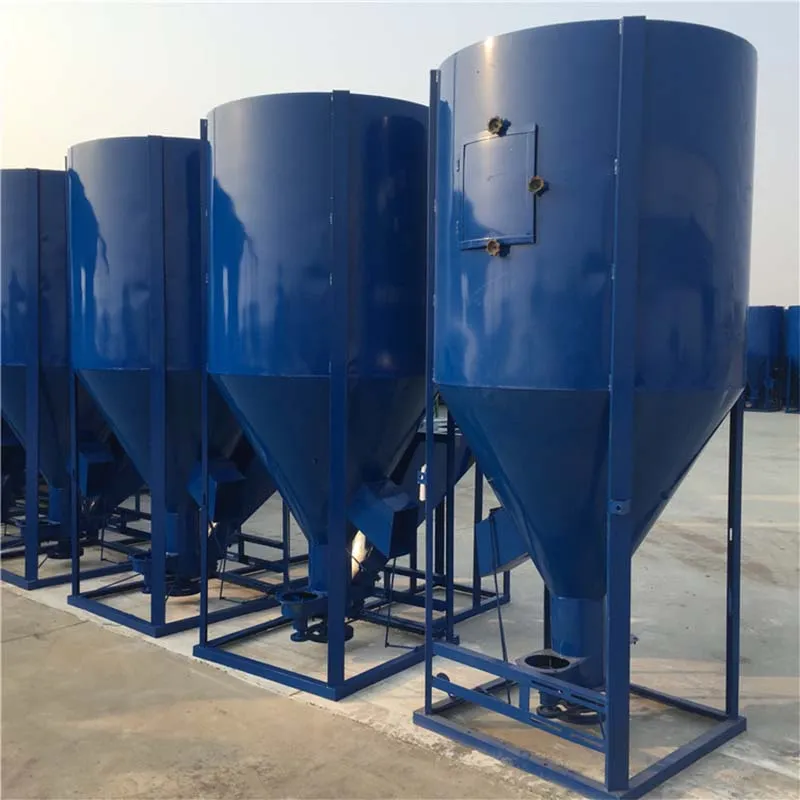Optimal Cage Designs for Efficient Poultry Farming Practices and Sustainable Production
Nov . 10, 2024 10:36 Back to list
Optimal Cage Designs for Efficient Poultry Farming Practices and Sustainable Production
Cages for Poultry Farming An Essential Component for Efficiency and Welfare
Poultry farming has significantly evolved over the years, becoming integral to global food production. As the demand for chicken eggs and meat continues to rise, farmers are continually seeking ways to optimize their operations. One crucial aspect that has garnered attention is the use of cages for poultry farming. These systems, particularly in egg production, play a pivotal role in improving efficiency, ensuring animal welfare, and meeting consumer demands.
Types of Cages
There are various types of cages utilized in poultry farming, including battery cages, enriched cages, and free-range systems. Battery cages are widely used for layers because they maximize space and allow farmers to manage large flocks effectively. However, they have attracted criticism due to concerns about animal welfare, causing many countries to ban or phase out their use.
Enriched cages, an alternative to traditional battery cages, address some welfare concerns by providing hens with additional space and amenities. These cages are designed to allow natural behaviors—such as nesting, perching, and dust bathing—thus improving the quality of life for the hens. On the other hand, free-range systems promote even greater freedom, allowing birds to roam outdoors. While these methods may be seen as more humane, they often come with higher operational costs and challenges in managing predator threats.
Advantages of Using Cages
Cage systems offer several advantages that make them appealing for poultry farmers. Firstly, they facilitate better biosecurity measures. Caged systems help minimize the spread of diseases by preventing direct contact between birds from different flocks. This is particularly important in the face of avian influenza and other contagious diseases that can have devastating effects on poultry populations.
cages for poultry farming

Secondly, caged environments can optimize feed conversion ratios. When birds are housed in cages, their feed intake is more easily managed, reducing waste and ensuring that more nutrients are utilized for growth or egg production. This efficiency contributes to a more sustainable farming model, which is especially crucial as the world grapples with food security issues.
Additionally, cages simplify management tasks, such as monitoring health and productivity. Farmers can more easily identify sick or underperforming birds, leading to quicker interventions and better overall flock health. Automated systems in modern cage farming also support efficiency, with feeding and watering systems that reduce labor costs and increase productivity.
Animal Welfare Considerations
It is crucial to recognize that the use of cages in poultry farming raises significant animal welfare concerns. Critics argue that caging can restrict natural behaviors and lead to stress among birds. As a response, many farms are transitioning to enriched cages or alternative systems that allow for more freedom of movement.
Regulatory bodies and consumer preferences are increasingly aligning with animal welfare standards. Many consumers are now seeking products that are certified for humane treatment of animals, prompting the poultry industry to adapt. Manufacturers are innovating to create more humane environments within cages, incorporating features that allow for natural behaviors even within confined spaces.
Conclusion
Cages for poultry farming have been a topic of heated debate, balancing the needs for efficiency, productivity, and animal welfare. As the industry continues to evolve, the challenge lies in finding systems that cater to the demands of both farmers and consumers while ensuring the ethical treatment of animals. The future of poultry farming will likely see technological innovations and improved designs that enhance the living conditions of poultry while maintaining the economic viability of farming operations. By continually reassessing our practices and embracing advancements, we can pave the way for a more sustainable and humane approach to poultry farming.
-
Automatic Feeding Line System-Pan Feeder Nipple Drinker|Anping County Yize Metal Products Co., Ltd.
NewsJul.29,2025
-
Hot Sale 24 & 18 Door Rabbit Cages - Premium Breeding Solutions
NewsJul.25,2025
-
Automatic Feeding Line System Pan Feeder Nipple Drinker - Anping County Yize Metal Products Co., Ltd.
NewsJul.21,2025
-
Automatic Feeding Line System Pan Feeder Nipple Drinker - Anping County Yize Metal Products Co., Ltd.
NewsJul.21,2025
-
Automatic Feeding Line System - Anping Yize | Precision & Nipple
NewsJul.21,2025
-
Automatic Feeding Line System - Anping Yize | Precision & Nipple
NewsJul.21,2025






